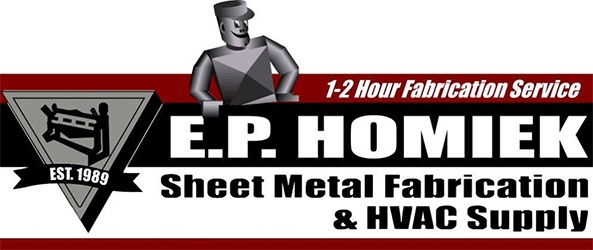The Importance of Sealing Duct Leaks: Boosting HVAC Efficiency and Reducing Energy Costs
- Posted on April 15, 2024
- by admin
- in Blog_Posts
- Comments Off on The Importance of Sealing Duct Leaks: Boosting HVAC Efficiency and Reducing Energy Costs
Identifying and sealing duct leaks is one of the best ways to increase HVAC system efficiency and decrease energy consumption. While it’s impossible to achieve a 100% leak-free system, duct systems commonly lose as much as 30% of conditioned air, so it’s important to minimize duct leakage as much as possible.
Here in New Jersey, building codes require that duct system pressure testing be conducted on all new installations to prove that minimal leakage can be achieved and documented. Pressure testing can be done at an installation’s rough stage or upon construction completion when all HVAC equipment has been installed to ensure minimal leakage. As a general rule, leakage of 4 CFM per 100 square feet of conditioned floor space is allowed. This leaves thousands of existing buildings that have badly leaking ductwork that mostly remains unaddressed.
Leaking ductwork results in a loss of conditioned air on the supply side and entrainment of warm, unconditioned air on the return side. In many residential homes, the majority of ductwork is exposed in basements, crawlspaces, mechanical closets, garages, and attics, making it easier to identify leaks in gaps, holes, and open seams. All duct connections should be as tight as possible. Thermal imaging cameras can be used to locate areas where cool air is escaping on supply ductwork in exposed areas. Return duct leaks can be identified using a simple temperature probe on the return. Once it’s been ensured that all connections are tight, particularly crimped connections, flex connections, and slip-and-drive connections, a high-quality duct sealant should be applied to ensure minimal leakage.
If you enjoyed this article please consider sharing it!




